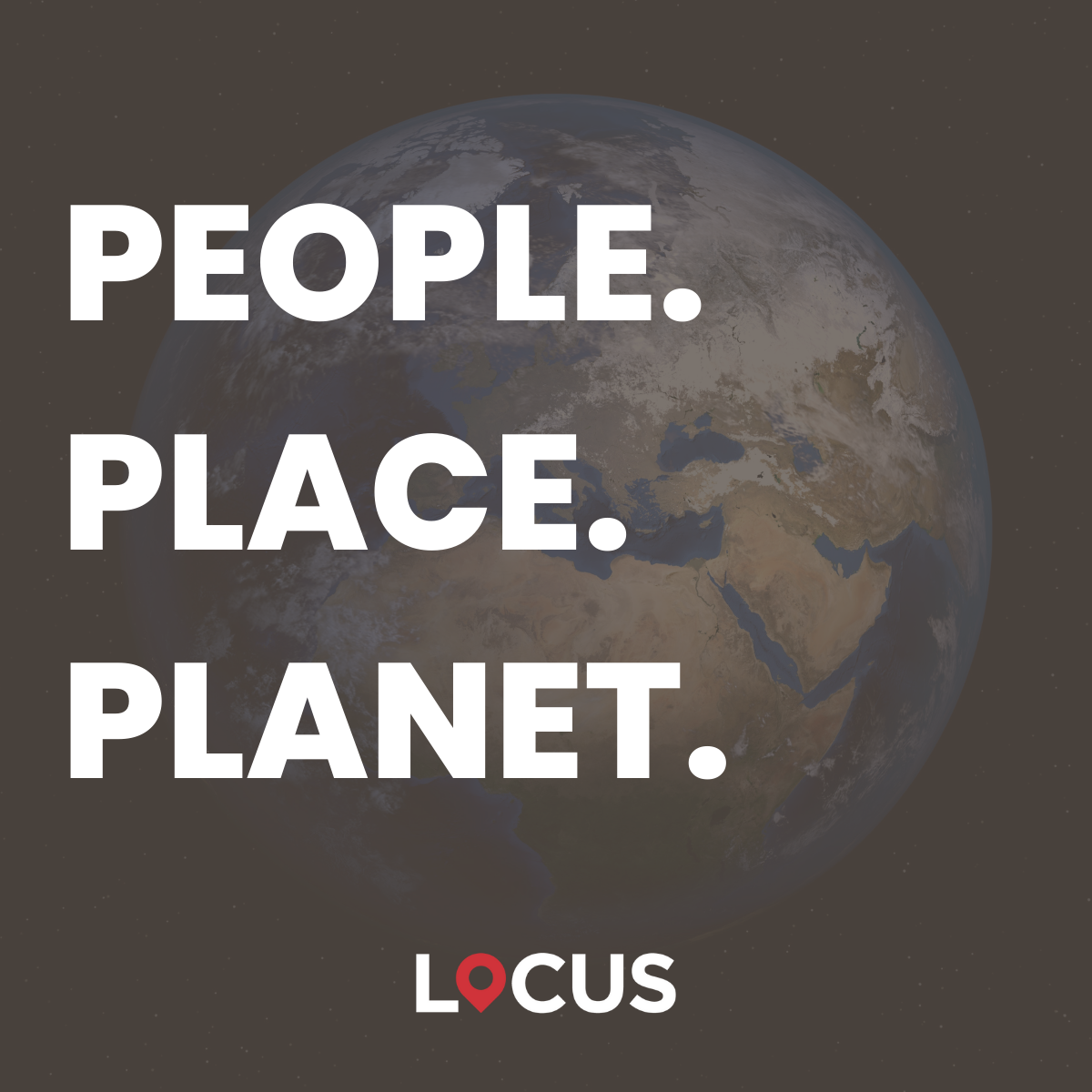BLOG: The impact of urban strategy on the environment
The Intergovernmental Panel on Climate Change recently released their damning report on the ‘Mitigation of Climate Change’. The report reveals that urban cities in `Developed Countries’ are responsible for producing more than seven times more emissions than those living in low emitting regions. In addition, more than half of the global human population now live in urban areas. This proportion is forecasted to increase to nearly 70% by 2050.
While the facts from the report are sobering, the scientists have put forward many ways in which leaders can help to mitigate the effects in these built-up areas.
Urban climate change mitigation fits within three broad strategies:
Reducing urban energy consumption across all sectors
Electrification and switching to net zero emissions resources
Enhancing carbon stocks (and managing flows) through green and blue infrastructure.
How can this be implemented?
Mitigation efforts adopted in urban areas can cascade into other areas and have positive effects across transport, energy, buildings, land use, and behaviour, and these areas have great local connections regionally and globally the mitigation efforts can often roll outward and have an impact on its surrounding areas. The way we design and build our cities needs to change. Green infrastructure is key.
The lowest-impact cities share key characteristics:
Medium to high density housing close to centres of employment and commerce
A rich mix of land uses and lots of green space
A highly connected street network; and they are accessible and offer relatively low travel distances and times, enabled by multiple modes of transport.
Trees get a special mention in the IPCC chapter, because as the authors say, “On a per-tree basis, urban trees offer the most potential to mitigate climate change through both carbon sequestration and GHG emissions reduction from reduced energy use in buildings.” The world’s urban trees already store approximately 7.4 billion tonnes of carbon, but if all of the plantable (non-tree and non-impervious) space in our cities were converted to tree cover, that carbon storage value could almost triple.
It is of paramount importance that when looking at the future of our high streets, we do not just focus on the consumer but on the environmental impact that the changing landscape of our high street will have. Many towns and cities are implementing projects to make their town/city centres greener, but this is just the beginning, an emphasis on making cities liveable and walkable should be a priority too.

